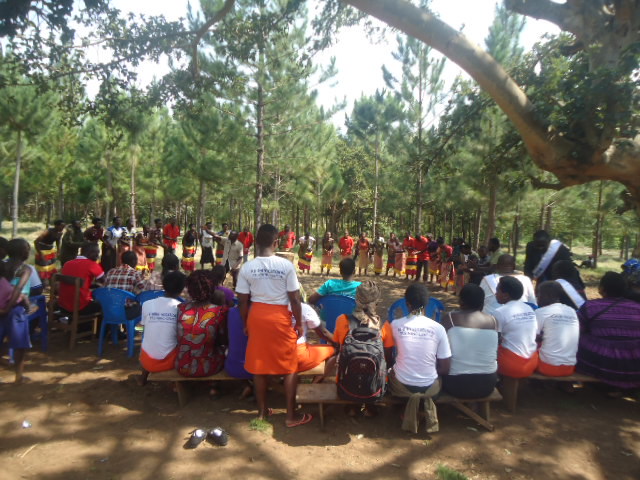Sustainable and varied sources of finance to ensure continuity of initiatives
Large scale conservation and EbA projects require a long gestation period to establish institutions and practices that can create long term benefits for the landscapes and its community. Involvement of the Government agencies is thus critical in ensuring success of solutions like these. As the Government agencies ensure strong institutional capacity, continuity and source of finances to undertake conservation and developmental activities.
However, the success of the solution also lies in ensuring that the initiative receives financing from varied resources. For e.g. in this project - RBS FI and AF provided the requisite financing to support activities that are not covered by the Government funds. RBS FI and AF funds have enabled CSOs to meet their institutions costs and employ trained human resources at the grassroot levels. Involvement of CSOs facilitates convergence of project activities with Government schemes and thus ensures that funds are spent optimally.
Community contribution is also a critical source of finance, and under this solution all activities and interventions have this element. This ensures that community is invested in the project and owns up to the activities being promoted. Having a transparent and robust contribution system gives a boost to the sustainability.
Long term committment of non governmental funding agencies - in this solution RBS FI has been committing finances since 2010. This has helped the CSOs integrate their project activities with the government programmes and leverage almost 2 rupees for every rupee spent.
- Variety of financing sources to ensure Gap Funding : Grant financing available comes with certain conditions for e.g. in AF project only 9.5% of the grant can be employed as meeting management costs. To meet the deficit, a solution needs to have varied sources to fill these gaps.
- The sources of financing need to be diverse. A successful solution - large scale, replicable and sustainable needs a variety of financing sources. An ideal mix is a combination of Public, Private and Community contribution to a solution
- Non governmental funding is required to fill the gaps and ensure efficient spending of the government funds. If such sources of financing exist in the long-term, they can lead to a successful solution.
- Community contribution should be integrated into all the project activities and should form a sustainable source of financing for future developmental and conservational initiatives in the project.
